Resources
A collection of useful material from external research to blogs, reports, press releases, and more.
-
External research regarding the use of 1080 poison from the general use, welfare issues, target species, impacts on humans, alternatives, and more.
-
Blogs, guides, reports, and statements regarding the use of 1080 poison.
-
Latest press releases and media from the Coalition Against 1080 Poison.
-
These are just some of the devastating stories that the Coalition has received.
-
Descriptions for terms or phrases commonly used on this website.
